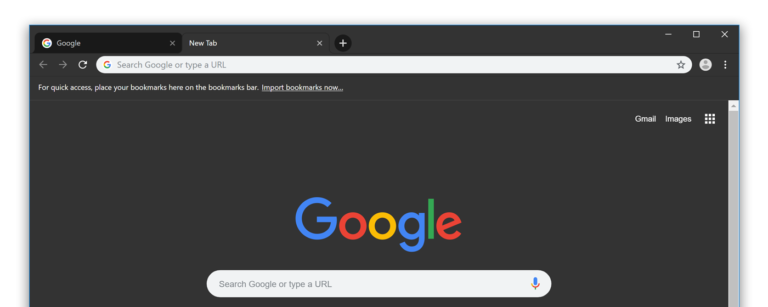
It turns out Google Chrome has a clever trick up its sleeve that, for some reason, Google chose to keep a secret. Browsers can only make their interfaces dark they have no control over the website you are visiting. Although the system’s OS can make virtually all parts of the operating system appear dark. The popular browsers ( Chrome, Edge, Firefox, Opera, and Safari ) have also adopted dark mode. Often, we need these computers and smartphones for our work, study, or communication. For most people, avoiding too much TV time is more manageable than, say, avoiding spending too much time on your computer or smartphone. This eye strain comes from all the constant white light shining into their eyes.Įlectronic devices such as smartphones, tablets, laptops, monitors, and TV sets are today’s most notorious sources of white light.

Computer users working in dark rooms or working late into the night do experience eye strain, leading to health complications over time. It is not that these companies want to appear fancy, but it is a move to address eye and general body health concerns.

Windows 10 (obviously, Windows 11 too) has it, and Apple inculcated it into its macOS, starting with Mojave, Catalina, and now the Big Sur. If you have been paying attention to tech development within the major OS space, you must have noticed that dark mode is now a trend.

Not when your eyes are thanking you for it, and your optician agrees that dark mode is better for your general health.


 0 kommentar(er)
0 kommentar(er)
